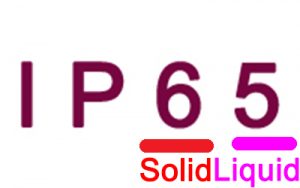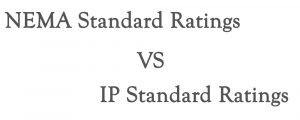
- Be courageous with the gain and be careful with resetting the tight control as necessary as possible. There is a mindset that too much gain can induce cycling and because of this, the rest is in the unit standard of time. In a shorter setting that may bring faster control. However, in reality, this proportional control action has too much reset and can be instantaneous. Especially in the case of combined processes that produces too little gain – this is the most common reason for process oscillations. When there is a necessity of tighter control, use the higher the gain (can extend to the limit of the actual average gain process) and tunes integral more correctly. Be careful not to bring it to a point where you will not be careful and make it lesser than the correct response time.
- Engineers should understand when to use and not to use the feedforward in this scenario. The feedforward in definition can bring great advantage when there is a major disturbance. This is well understood when its model (this comprises of gain, response time, and dead time) does not bring great changes for any reason. Also when it is warranted to have an avoidance of hitting a very hard process limit or to get a huge amount of earnings or totally avoid huge losses. Once these criteria are not specifically met – especially in the case of model dynamics (including response time and dead time) – and not reliably known, this feed-forward process must be avoided at all cost. Because every feedforward model engineering program should come with reliability and maintenance cost. This made the wholesale usage of feedforward in the multivariable base model more emphasized.
In conclusion, a successful loop tuning in the definition is characterized by minimizing rework, detuning, returning, remodelling etc. It also relies as heavily on the understanding and knowledge of different process operations performances that gives criteria about the traditional single-loop tuning tools and methods. Once the process in the operations has started to be neglected, the loop tuning has become more prone and caught in vicious cycle of rework rather than behaving properly as it should.
Also, another thing to take into great consideration is the main key take away – the model-based control has to remain as a subject of the most similar tuning caveats such as traditional loop tuning. The effects of such processes like these produce the greatest gains, and the implications of such interactions can bring great discretion about feedforward. It can leave the level controls of the base-layer optimized that can contribute to the maximization of process reliability. Originally, the loop tuning model-based control has solved these concerns. However, the experience about the degraded performance, model maintenance, and short lifecycle have shown how these great principles should be applied. With these guidelines, any eingeerns can be helped in breaking the rework process, increase the success rate of the project, and can have more years of reliable maintenance-free programs.



